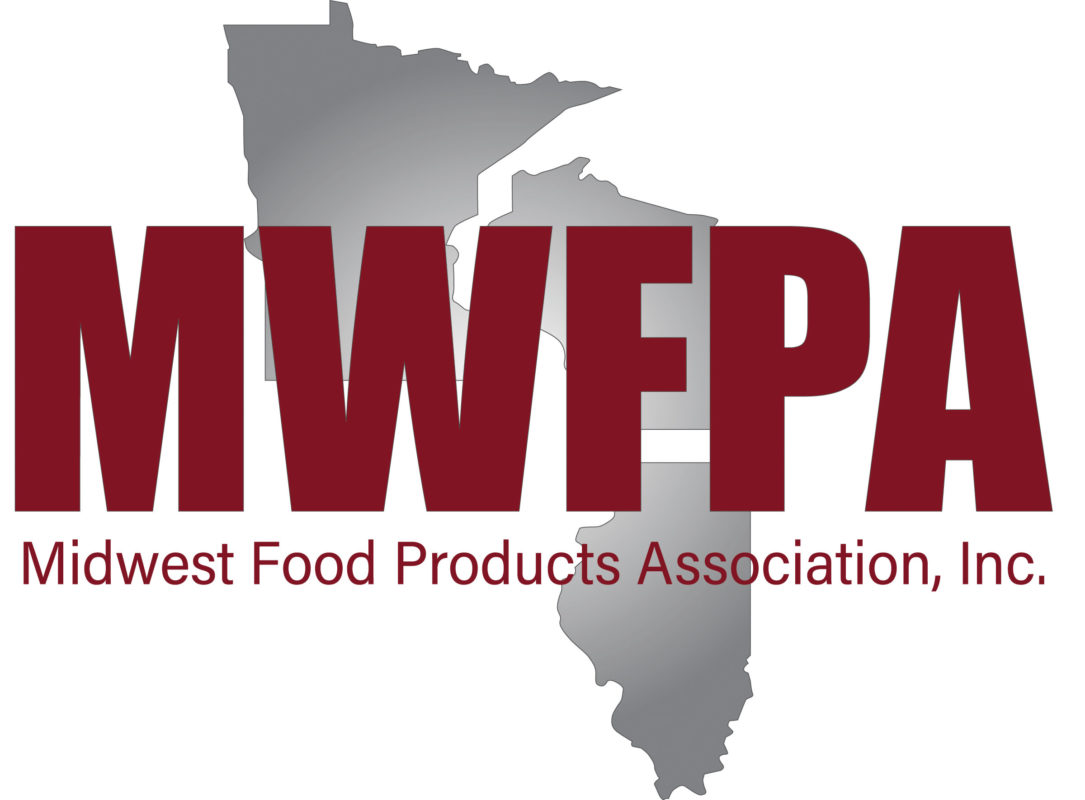The U.S. Department of Labor on Friday updated guidance it issued earlier designed to help American businesses and their employees familiarize themselves with the details of the new emergency sick leave law that was enacted in response to the coronavirus pandemic.
The latest guidance by the DOL significantly expands a Q&A document issued last Tuesday that was meant to answer key questions about the Families First Coronavirus Response Act (FFCRA), which President Trump signed into law March 18. The law takes effect April 1 and will remain in place until the end of the year.
The new items touched on what the DOL called “critical issues” involving the FFCRA, including the application of so-called intermittent leave when workers take leave for short periods of time, and how the law applies to businesses that are forced to shutter amid the COVID-19 pandemic.
the Families First Act requires businesses with fewer than 500 workers to provide emergency short- and long-term paid leave.
The law provides two weeks of time off at full pay to workers who can’t work for various reasons connected to the virus, such as being quarantined or caring for a loved one who is. The law applies to part- and full-time workers, providing them as many hours off as they generally work in two weeks, up to 80 hours.
Additionally, employers must pay employees at their full wage if they are taking time off for themselves or two-thirds of their regular pay if they have to care for a family member, up to certain caps. The bill also amends the Family and Medical Leave Act to give workers long-term paid time off at partial pay if they can’t work because their child’s school has closed. Employers covered by the law can seek reimbursement of any qualifying wages they pay under the FFCRA through tax credits.
Read the DOL’s news release here.
